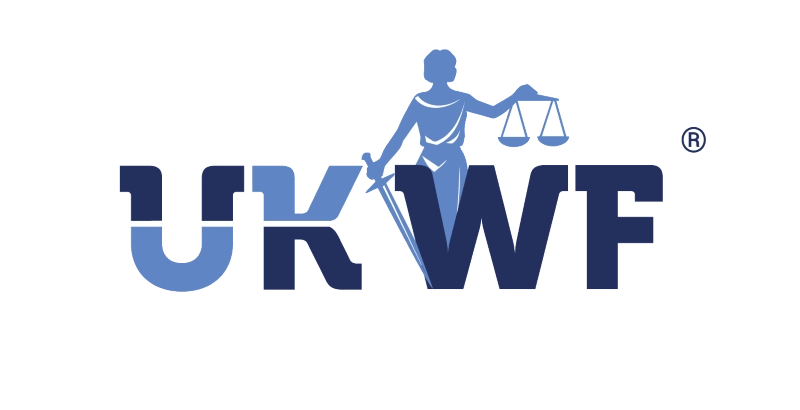1.4 APPROVAL & VERIFICATION
1.4 APPROVAL AND VERIFICATION OF WEIGHING INSTRUMENTS
Weighing instruments used for controlled applications need to satisfy the essential requirements of the relevant directives and associated UK regulations.
In general terms, a particular model of instrument will require a type approval and then each unit will require initial verification when it is put in to service. Alternatively, an instrument can undergo unit verification which effectively combines the two processes and would be the typical approach for a one-off installation. Once an instrument has obtained type approval, the manufacturer must provide an EC declaration of type conformity to declare that individual units have been manufactured in conformity with the approval type and satisfy the provisions of the relevant directive.
Verification can be performed by an approved third party (typically a local authority) or by the manufacturer, if approved to do so (known as self-verification).
If a unit undergoes modification or repair then it will require re-verification to the appropriate standards before being put back in to service. Any unit may also be subject to in-service inspection by a trading standards officer.
For the differentiation between automatic and non-automatic weighing, see section 1.1 on controlled applications.
Non-Automatic Weighing Instruments (NAWIs)
Prior to regulations implementing the NAWI Directive, non-automatic weighing machines were controlled under national approval and regulations emanating from the Weights and Measures Act 1985. During the transition period between 1st January 1993 and 1st January 2003 national type approvals that had not expired due to time could continue to be used for the manufacture and verification of machines, however, new designs of machines could only be approved and verified under the regulations implementing the NAWI Directive. Any national approval that was still in force at 1st January 2003 was deemed to have expired on that date.
Equipment that was verified under the national regulations can continue in use and can be repaired and re-verified even though the national type approval has now expired. The appropriate regulations are the Weighing Equipment (Non-Automatic Weighing Machines) Regulations 2000 (SI 2000 No. 932).
Since 1st January 2003, all equipment put in to service comes under the NAWI directive 2009/23/EC (previously 90/384/EC). This is implemented into UK law by the Non-Automatic Weighing Instruments Regulations 2000 (SI 2000 No. 3236). The most common route for ensuring that the Essential Requirements of the Directive are met is through the application of the European Standard EN 45501. If the weighing instrument complied with EN 45501 then it automatically satisfies the essential requirements and will be eligible for an EC Type Approval. The standard covers both the type approval and verification.
Automatic Weighing Instruments
From 30th October 2006, the Measuring Instruments Directive governs new designs of automatic weighing instruments. (Instruments already in service will continue to be controlled by the national regulations under which they are initially type approved and verified. National Type Approvals that were in force on 30th October will remain valid until their normal expiry date and can be used for national verification of the instruments to which they apply.)
The EU Commission has published in the Official Journal C269 dated 4th November 2006 (2006/C 269/01) the references to the Normative Documents with respect to the OIML recommendations. These can be found on the Commission website.
The Normative Documents address al the provision of the MID, i.e. both the general and instrument specific requirements, in tabular form, in relation to the relevant paragraphs of the respective OIML recommendations and makes comments, in general terms only, of any differences. The range of AWIs regulated in the UK together with the regulations that apply and the relevant OIML recommendation are as follows:
| Regulation | OIML Recommendation |
|---|---|
| The Measuring Instruments (Automatic Discontinuous Totalisers) Regulations 2006 SI 2006/1255 | R107 Discontinuous totalising automatic weighing instruments (totalising hopper weighers) |
| The Measuring Instruments (Automatic Rail-Weighbridges) Regulations 2006 SI 2006/1256 | R106 Automatic rail-weighbridges |
| The Measuring Instruments (Automatic Catchweighers) Regulations* 2006 SI 2006/1257 | R51 Automatic catchweighing instruments |
| The Measuring Instruments (Automatic Gravimetric Filling Instruments) Regulations 2006 SI 2006/1258 | R61 Automatic gravimetric filling instruments |
| The Measuring Instruments (Beltweighers) Regulations 2006 SI 2006/1259 | R50 Continuous totalising automatic weighing instruments (belt weighers) |
*Automatic checkweighers and weight-graders, although designated as catchweighers, are not prescribed in the UK, and consequently, do not require type approval. However, to enable manufacturers to distribute to other member states, The NMO can issue approval documentation.
The MID will offer manufacturers alternative conformity assessment modules as shown below (for electronic systems or systems containing software):
B + F (type approval plus “third-party verification”
B + D (type approval plus “self-verification”)
G (unit verification)
H1 (full quality system approval plus design examination)
The NMO is a Notified Body for each of these conformity assessment modules, with the exception of module F.
Notified bodies
A full list of all notified bodies for type approval and verification of non-automatic and automatic weighing instruments is given on the Nando (New Approach Notified and Designated Organisations) website:
http://ec.europa.eu/enterprise/newapproach/nando
